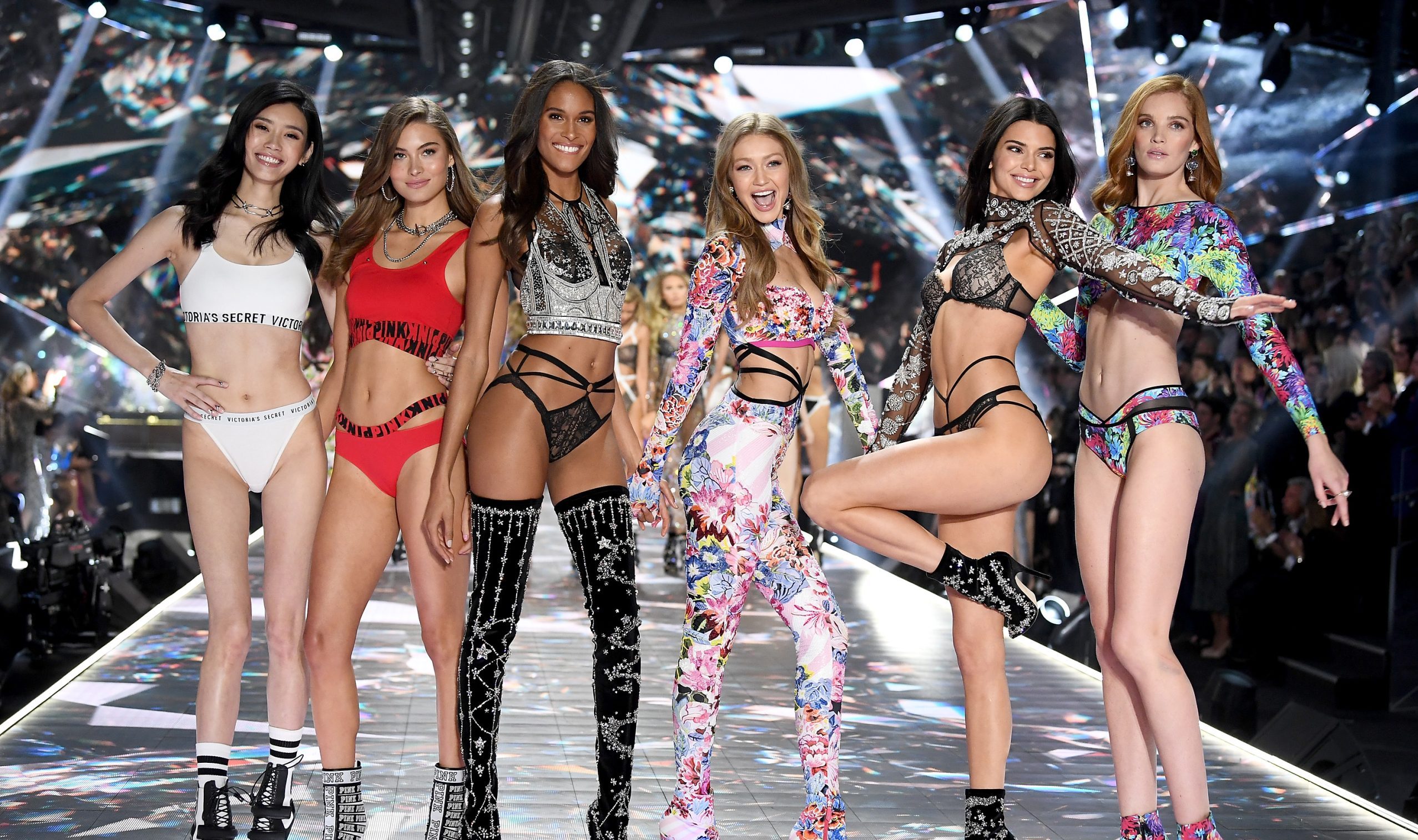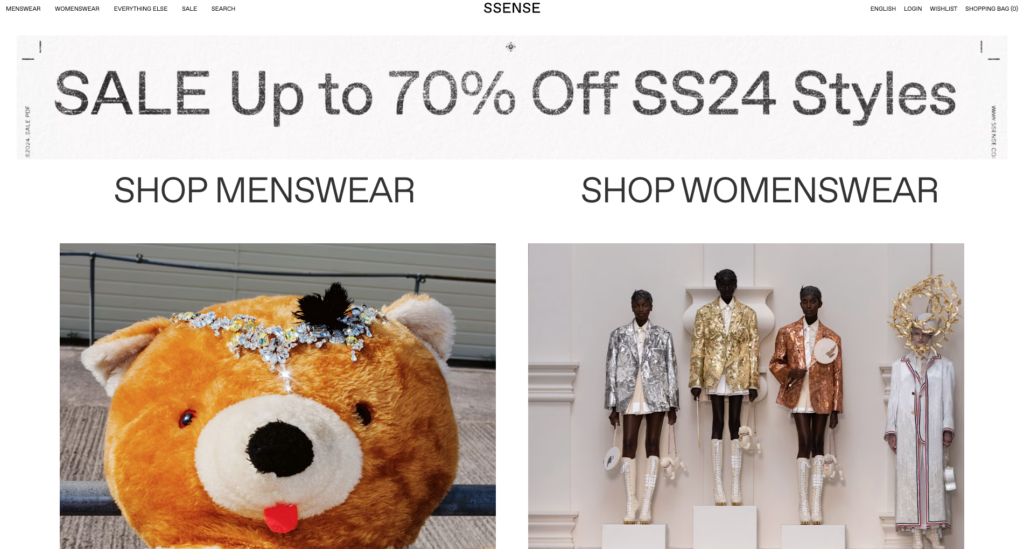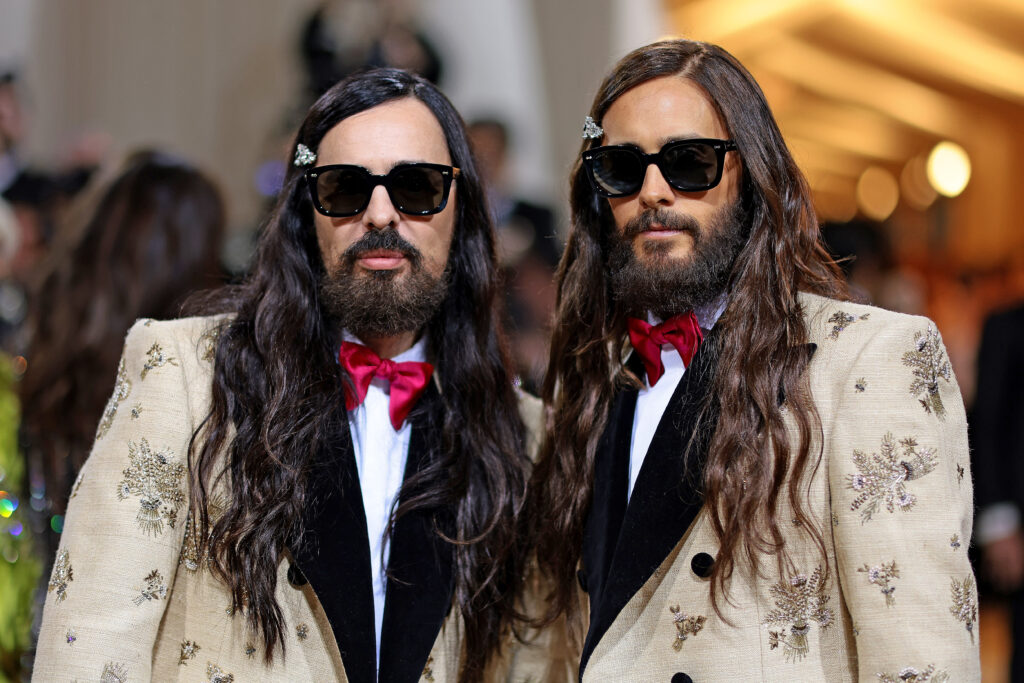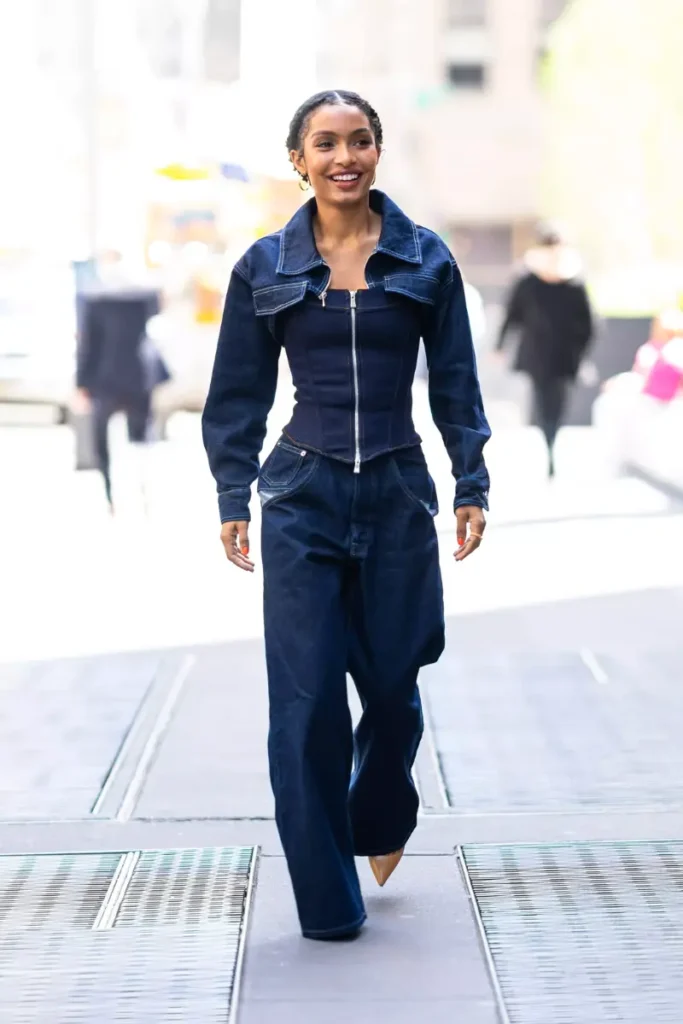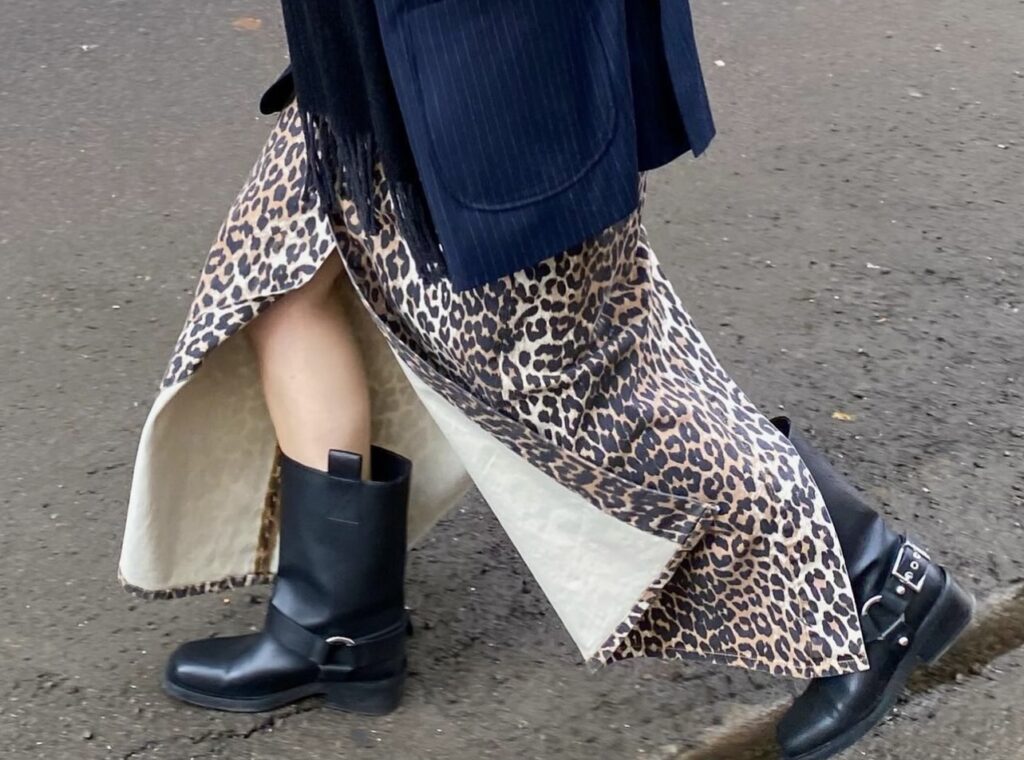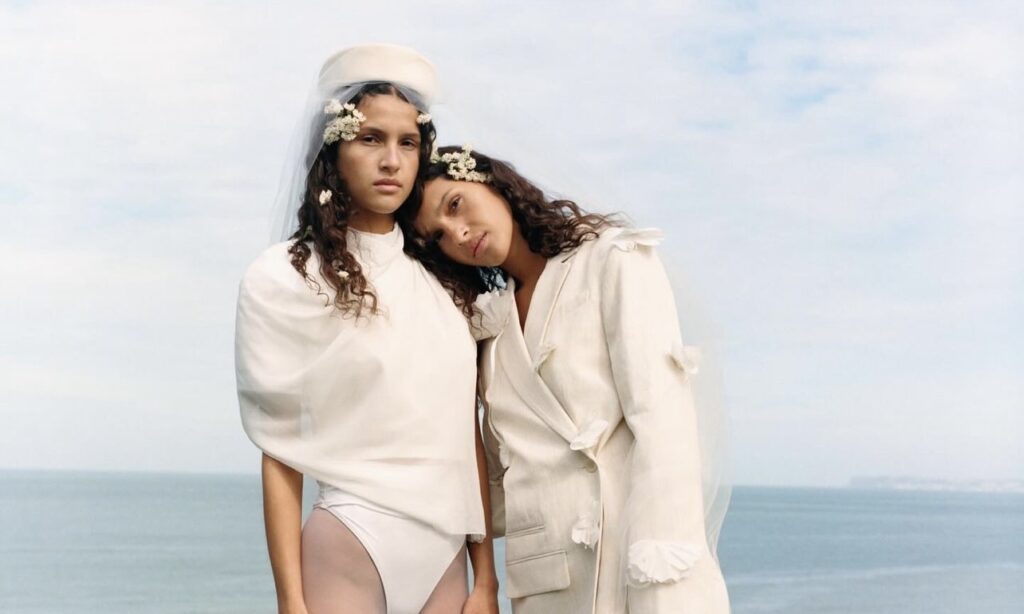No New Supermodels
Gigi and Bella Hadid. Kendall Jenner. Adut Akech. You may know these names. They walk countless shows, shoot hundreds of campaigns, and grace the cover of Vogue a hundred times over—and they are the last supermodels.
The concept of the supermodel is fading fast. The international phenomenon of Christy Turlington, Naomi Campbell, Linda Evangelista, and Cindy Crawford dominating the fashion scene in the 90s and early 2000s is a relic. We’re unlikely to see anything like it ever again.
What makes a Supermodel?
The supermodel rocketed to fame in the 90s, though the term “supermodel” was coined in the 80s at the dawn of their careers. They appeared in TV shows like MTV’s House of Style, which Cindy Crawford herself hosted. They lip-synced George Michael’s Freedom 90 music video. They dominated magazines, runways, and ad campaigns. They were super because they were everywhere—and so was fashion.

With the dawning of a much more favorable economy in the 80s as well as the beginnings of fashion brands selling luxury globally, supermodels were in the unique position of weidling their brand for top dollar. Christy Turlington brokered an exclusive deal with Calvin Klein for their Eternity perfume in 1989 and Cindy Crawford took a lucrative deal with Revlon in the same year, and as Linda Evangelista notoriously said “We don’t get out of bed for less than $10,000 a day.”
But the phenomenon and wild success of these women was to be short-lived. The qualities that made them so iconic were the same that would cause the industry to turn away from them. Eventually, the glamor of their lives, their recognizability, and their larger-than-life personas made designers grumble. Runways no longer showcased prêt-à-porter or couture, they were opportunities to see the supers. Brands wouldn’t stand for it.
Victoria’s Secret: The Millenium Model’s Angel
In the 2000s and 2010s, the supers’ time was coming to a close. New names like Adriana Lima, Alessandra Ambrosio, Gisele Bündchen, and Candice Swaneopel rose to mainstream fame not on the runways of Chanel and Versace, but due to the Victoria’s Secret Fashion Show. Brands had since left behind the high price tag the supermodels demanded and their dominating presence that they felt eclipsed their work.
How could a model break into the mainstream and become a star, as big and bold as the supermodels, when fashion didn’t want supers anymore?

With a hyper-commercialized brand fashion show, of course: The Victoria’s Secret Fashion Show. Practically the SuperBowl of the fashion world, models prepared for the show with intense dieting and workouts, some of which can still be found floating around on the internet today.
Victoria’s Secret was selling a flawless image of thinness and beauty, something that Naomi Fry of The New Yorker says: “Even the Angels, God bless them, had a difficult time keeping up. The images of some of the models, an employee recalls, were retouched to within an inch of their lives.”
All of that glamor fell to pieces when former Victoria’s Secret CEO Les Wexner stepped down after his close relationship with convicted human trafficker Jeffery Epstein went public. A cultural shift within fashion and gender politics was also taking place, as the public demanded body positivity, inclusivity and intersectionality. A parade of angels trying to achieve the futile task of adhering to impossible beauty standards couldn’t possibly exist in a world that craved authenticity.
Exclusivity no more
As social media opened up an ongoing public discourse, fashion’s representation of the female form was—rightly—criticized. In response, some brands brought in a larger variety of body types and diversity for their runways. While it was a start, these attempts garnered criticism, especially since the new “diversity” didn’t fundamentally change the look of most brand’s models.

The avenue for becoming a model also widened significantly. Gone were the days of being discovered at the mall. Many models with impressive careers made their way into the industry via social media, like Winnie Harlow or Yoon Young Bae.
Access to the up-and-coming models of today is unfettered. You don’t have to be an agent or industry insider to get access to them and their content. The exclusivity, the glamor, and otherworldly beauty of the supermodels of yesteryear has no foothold in a world with social media.
New Age Supers
So why can’t there be a supermodel for the modern ages? Supermodels are packaged identities. They have to be far enough out of reach to be aspirational, but close enough to be a successful sales pitch. A supermodel has to dominate.
There’s no room for the kind of media focus the supers enjoyed (or hated) in the 90s. Our attention is constantly split. Our timelines are perfectly tailored to our own interests. How could any model be universally loved when our content is so hyper-personalized?

The sheer speed of media doesn’t allow for a supermodel. The cycling of trends and aesthetics spins at breakneck speed. For anything to be in the spotlight for a month is a miracle. As for “nepo-models” with unlimited budgets and powerful PR teams, being everywhere all the time had less than favorable effects. The masses have tired of them, never really universally loving them in the first place. They lack the rags-to-riches story, to boot.
Above all, the modern audience doesn’t want a supermodel, no matter how many nostalgia-bait videos and accounts get made every day for Linda, Naomi, Christy, and Cindy. To have a symbol for what a woman looks like, acts like, and dresses like goes against all modern sentiment. A woman is no longer so narrowly defined.
Her definition should, after all, be a lot more complicated than that.

